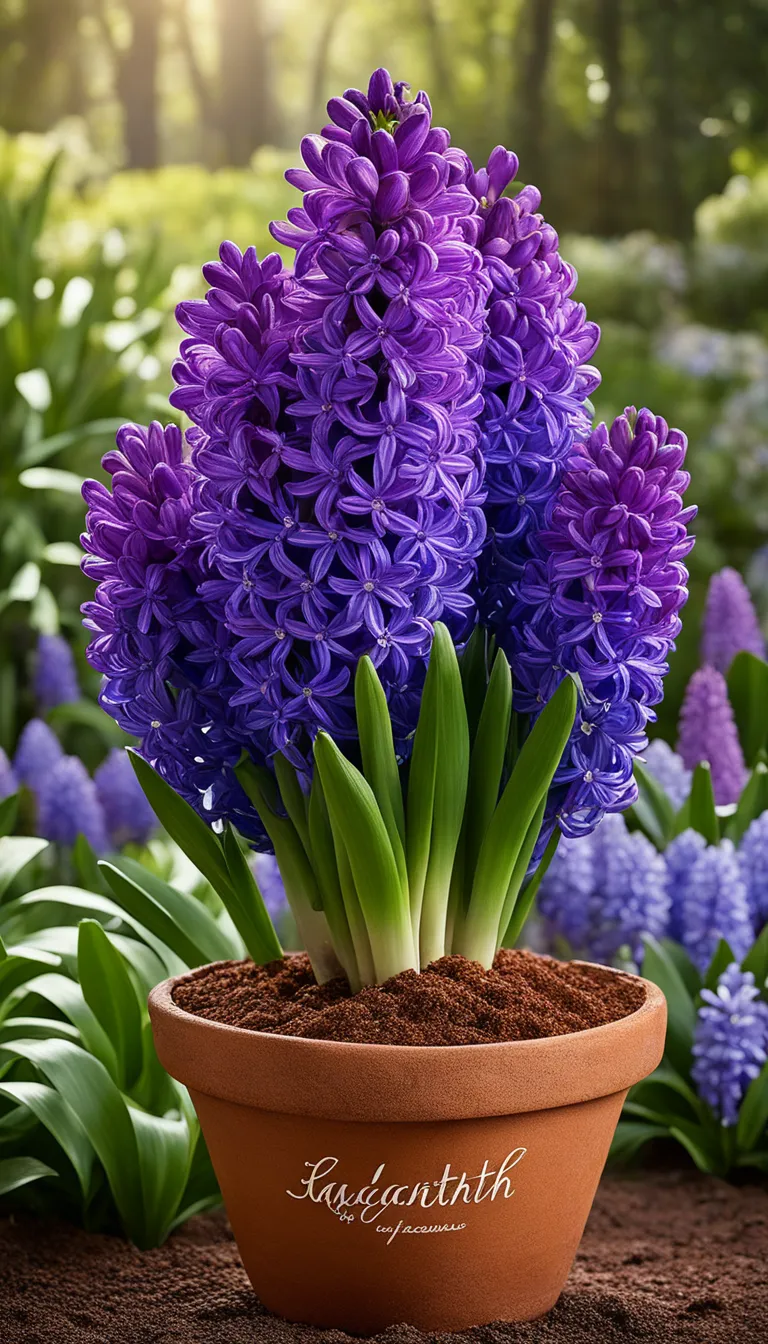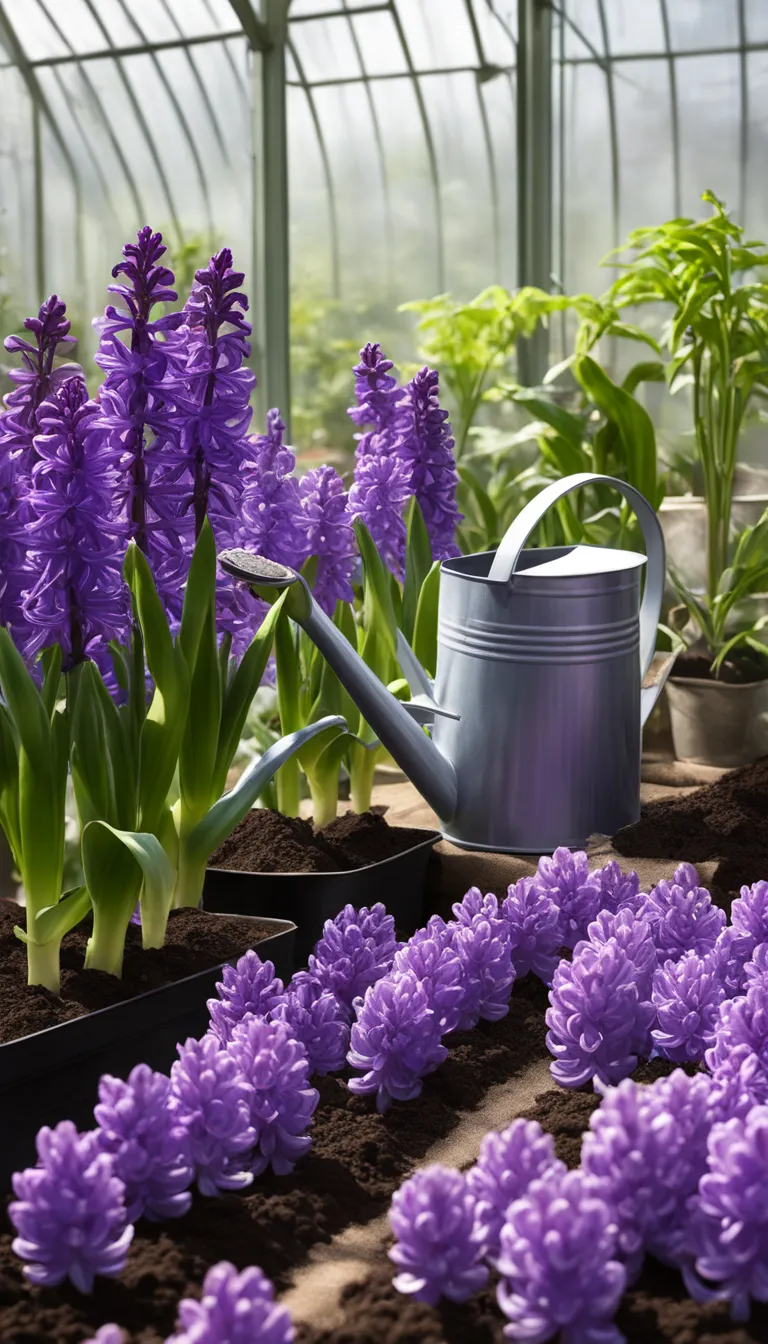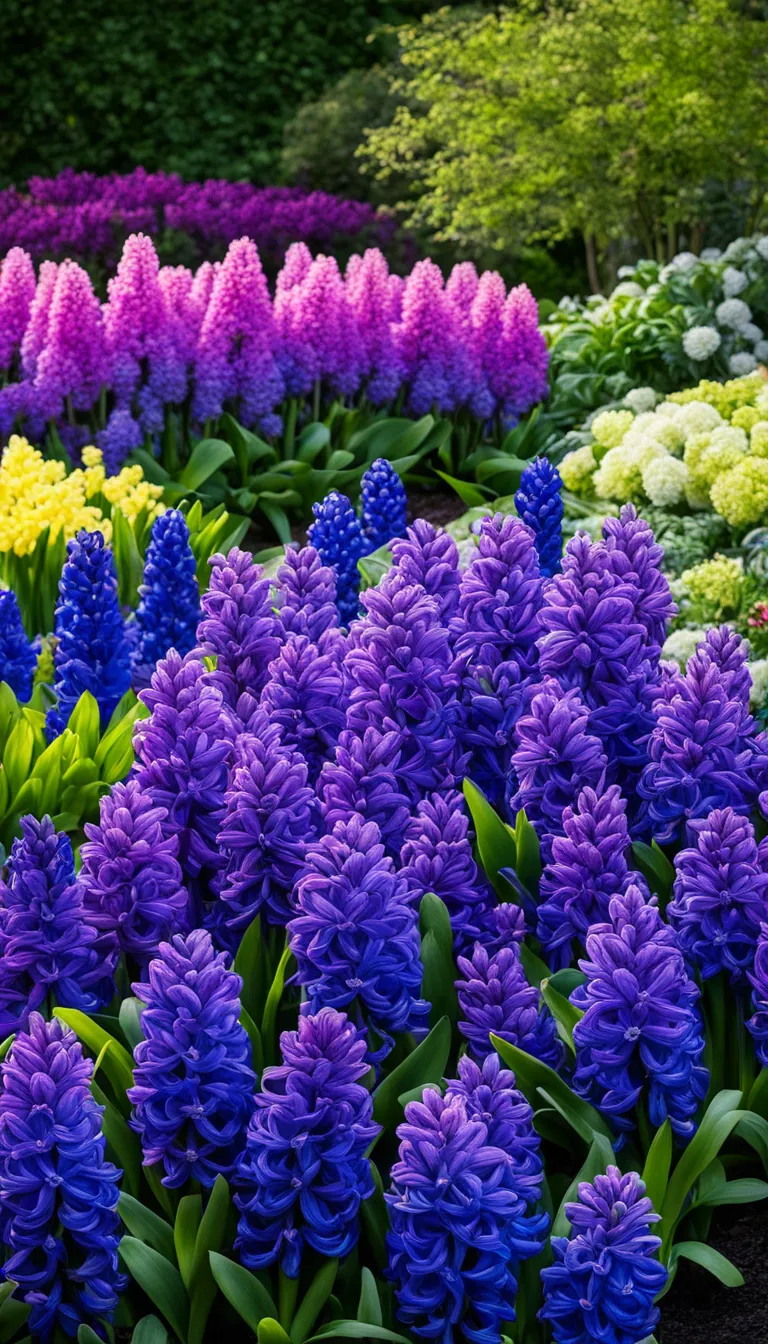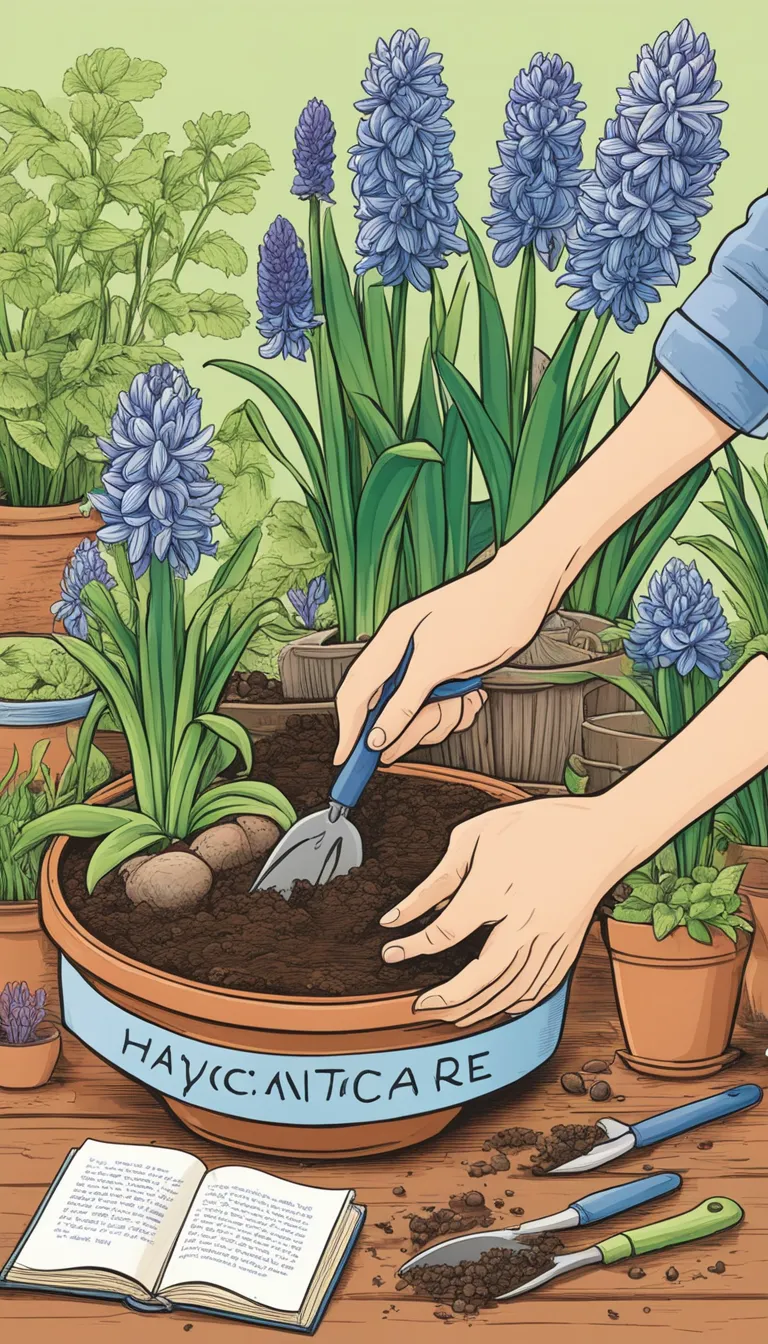Exploding with color and surprising the senses with their sweet, heady fragrance, hyacinths are the showstoppers of spring gardens. These bulbous plants are not just a feast for the eyes; they carry a rich history and a variety of meanings in different cultures. Whether you’re a seasoned gardener or a budding green thumb, hyacinths offer a delightful challenge with a stunning payoff.
Originating from the eastern Mediterranean and named after a Greek myth, the is a perennial, bulbous flower with dense, star-shaped blooms. Each stalk can carry up to 30 aromatic flowers, creating a visual and olfactory spectacle. Hyacinths are not only a symbol of spring but also represent peace, commitment, and beauty, making them a popular choice for gardens and bouquets alike.
Caring for hyacinths is a breeze if you know what they need. These flowers thrive in well-drained soil, with plenty of sunlight to bask in. Watering is crucial—enough to keep the soil moist but not so much that the bulbs rot. Remember, a happy hyacinth is one that’s not drowning or parched! Fertilize sparingly, and you’ll be rewarded with vibrant blooms come spring.
Hyacinths come in a rainbow of colors, from the deepest blues to the softest pinks. Varieties like ‘Blue Jacket’, ‘Carnegie’, and ‘Pink Pearl’ offer a spectrum of hues for any garden palette. But it’s not just about color—each variety brings its own size, fragrance, and blooming time to the table, making the selection process as exciting as it is varied.
- Blue Jacket: Sporting deep blue blooms with striking purple veins.
- Carnegie: Known for its pure white flowers, perfect for a moonlight garden.
- Pink Pearl: Offers a soft pink hue with a powerful, sweet aroma.

What is Hyacinth?
Hyacinth, a name that evokes a sense of surprise and explosion of color, is a perennial, bulbous flower with a charm that can captivate any garden enthusiast. Originating from the eastern Mediterranean, these fragrant blooms are part of the Asparagaceae family, closely related to lilies. The Hyacinthus genus is known for its dense, star-shaped flowers, which come in a variety of vibrant hues, each carrying its own symbolism and allure.
Did you know that hyacinths were once associated with the sun god Apollo? That’s right, in Greek mythology, they symbolize sports and play, due to the tragic story of a young boy named Hyakinthos, who was loved by Apollo and was transformed into this flower. Today, hyacinths are celebrated for more than their mythology; they’re a sign of peace, commitment, and beauty, making them a favorite in gardens and floral arrangements alike.
When we talk about hyacinths, it’s not just about their beauty or their place in legend. It’s about the joy they bring when they bloom in early spring, just when the world is shaking off the chill of winter. Their heady fragrance and range of colors can make anyone’s heart leap with excitement. So, why not let these blooms explode like a natural firework display in your own backyard?

How to Care for Hyacinth?
Caring for hyacinths is a delightful task that brings explosive color and surprising fragrance to your garden. To ensure that these vibrant blooms remain a highlight in your outdoor space, here are some essential tips to keep your hyacinths thriving:
Firstly, lighting is crucial. Hyacinths prefer a spot with ample sunlight. Aim for a location where they can soak up at least six hours of direct sun per day. However, in hotter climates, a little afternoon shade will help protect the blooms from scorching.
When it comes to watering, consistency is key. These bulbs require moderate watering, especially during the spring growth period. Ensure the soil is kept moist but not waterlogged, as too much water can lead to bulb rot.
The soil quality can make or break your hyacinth’s health. They thrive in well-draining soil with a neutral to slightly acidic pH. Before planting, consider working in some organic matter to enrich the soil and improve drainage.
- Plant bulbs in autumn for a spring display.
- Place bulbs 4 inches deep and 3 inches apart.
- After blooming, deadhead the flowers but leave the foliage to die back naturally.
- Fertilize your hyacinths annually with a balanced, slow-release fertilizer.
- For container planting, ensure adequate drainage holes.
Remember, the care you give to your hyacinths will be richly rewarded with a stunning display of blooms that are sure to be the talk of the neighborhood. So, roll up your sleeves and start planting those bulbs!

What are the Hyacinth Varieties?
The hyacinth is a spring-blooming favorite known for its vibrant colors and intoxicating fragrance. But did you know there’s a whole spectrum of varieties to choose from? That’s right, the hyacinth family is as diverse as it is beautiful, offering an array of options for gardeners and flower enthusiasts alike. Let’s dive into the world of hyacinth varieties, shall we?
First up, we have the traditional Dutch Hyacinths, renowned for their classic shape and strong scent. These are the ones you’ll often see in splendid spring displays, bursting with rich blues, pinks, and purples. But if you’re looking for something a bit different, the Water Hyacinths could float your boat—literally! These are aquatic plants that add a touch of serenity to ponds and water features.
For those who appreciate a more delicate bloom, the Grape Hyacinths, also known as Muscari, are a charming choice. Their petite, grape-like clusters create a sea of blue when planted en masse. And let’s not overlook the Miniature Hyacinths, perfect for small spaces or creating a whimsical edge along your garden path.
Now, let’s lay out some of these varieties in an easy-to-digest format:
| Type | Color | Characteristics |
|---|---|---|
| Dutch Hyacinth | Blue, Pink, Purple, White | Large, dense flower spikes with a strong fragrance |
| Water Hyacinth | Light Purple | Aquatic, free-floating with spongy, bulbous foliage |
| Grape Hyacinth | Deep Blue | Small, clustered flowers resembling bunches of grapes |
| Miniature Hyacinth | Various | Smaller in size, ideal for borders and pots |
In conclusion, whether you’re drawn to the explosion of color from the Dutch Hyacinths or the surprise of the dainty Grape Hyacinths, there’s a variety to suit your taste and garden design. The key is to explore and find which hyacinth variety resonates with your personal aesthetic and garden environment.





